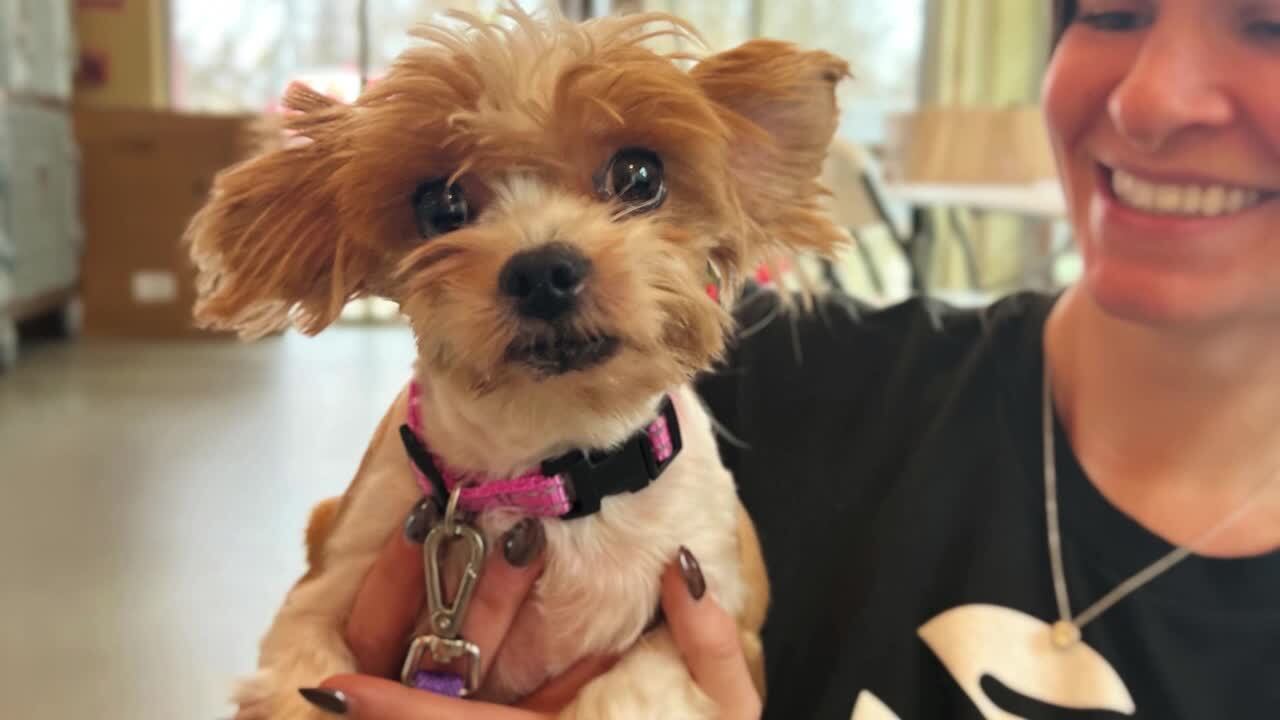Art of falconry: Local veterinarian gives insight to ancient sport
AUGUSTA, Ga. (WRDW/WAGT) - Some of you may recognize Dr. Jason Norman as your local veterinarian at Hammond Hills Animal Hospital, but did you know he is also a falconer?
We caught up with Norman to learn more about the oldest sport known to man.
Norman and his red-tailed hawk, Arrax, are off on a hunt.
This method of hunting is known as falconry, which is the use of birds of prey to capture game.
What’s usually a loud forest of barking squirrels is now a quiet setting once Arrax arrives.
Falconer and bird must work together for a successful hunt.
S.C. dog found alive in home with family who died weeks earlier
“We can’t fathom the fear, panic, and confusion she must have felt for so long. Waiting for someone to her, to care about her,” shelter says.

“What this bird is going to do is follow us through the woods as we shake vines as we make noise and see if we can get a squirrel moving. Then the bird does what it does naturally by chasing those squirrels and then we trade it for open meat so it doesn’t have to open up the squirrel,” said Norman.
Norman is able to track Arrax through a GPS locator but the bells on his feet can be more of an indicator of a nearby target.
After searching and scanning, Arrax spotted a squirrel.
After a long chase across multiple trees, Arrax just misses pinning the squirrel on the ground.
“We had a great hunt today with a lot of awesome flights and the squirrel escaped and that’s great. The bird got great workouts and great hunting experience,” said Norman.
Norman is currently training two red-tailed hawks that he trapped recently.
‘It’s been 11 years’: Lost cat reunited with owner in Georgia
A cat that disappeared from its home in Wisconsin in 2013 was found 806 miles away in Georgia and returned to its owner.

While you may think trapping these birds could hurt their population, it actually helps.
“The benefit that these falconry birds have in captivity with me is that they can fail and not catch stuff and still get fed. So, they’re able to learn over and over what works and what does not. That’s why so many first-year birds don’t make it and why when falconers take a young bird it does not impact the population,” said Norman.
Norman’s training allows his birds to free-fly, meaning they can leave if they want.
While some have left in the past, he was able to keep one red-tailed hawk, named Autumn, for 13 years.
Just last year, he released her back to the wild.
“Felt like it was time for her to go back to the wild and contribute to the wild population. I’m sure she reproduced this year and had a great clutch,” said Norman.
If you would like to learn more about falconry, visit https://gadnrle.org/falconry.
Copyright 2024 WRDW/WAGT. All rights reserved.













